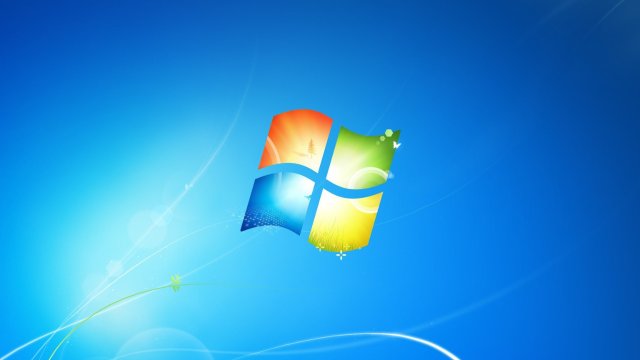Windows 7 launched in October of 2009. Barack Obama was president, Avatar was soon to hit movie theatres, and swine flu was officially declared a global pandemic. The world has changed a lot since then (for example, Avatar 2 is set in the water instead of the forest), and so has Windows. While Microsoft “officially” ended support for Windows 7 on Jan. 14, 2020, this week, it’s truly, officially dead. If you’re still using it (or Windows 8.1, for that matter) you really shouldn’t be.
As reported by Bleeping Computer, Microsoft will pull the plug on software support for the Extended Security Update (ESU) program for Windows 7 on Tuesday, Jan. 10. This program provided a three-year paid exception to Microsoft’s abandoning of Windows 7 for Professional and Enterprise users who relied on the operating system to run specific software. As of this week, however, even ESU customers will find their versions of Windows 7 as unsupported as the rest.
It’s not only Windows 7 whose time is up: Microsoft is also officially dropping extended support for Windows 8.1, which came out in October 2013. In addition, many third-party developers are likewise dropping support for ageing versions of Windows. Google is ending Chrome support for Windows 7 and 8.1 on Tuesday, and Microsoft Edge 109 will be these Windows versions’ last Edge update too.
What it means when an operating system is no longer supported
When a developer like Microsoft drops support for its own software, it doesn’t mean the software itself stops working. After Tuesday, you’ll still be able to boot up PCs running Windows 7 or 8.1, and more than likely it will run the same way it ran on Monday. The same goes for Chrome and Edge. However, the issue isn’t really that Microsoft is done adding new features to Windows 7 (that ship sailed long ago). Rather, the problem is the company will no longer issue new security patches, which makes running Windows 7 and 8.1 particularly dangerous in 2023.
Security patches are a necessary part of digital life. Software is inherently flawed, and those flaws are eventually discovered by developers, researchers, or bad actors. If the wrong people figure out how to exploit those flaws against users, it can empower them to take over your computer and steal your data, or hold it for ransom.
While these risks exist with any OS, developers are typically diligent about patching vulnerabilities as they’re discovered — a security hole isn’t any good to a hacker if their victims can patch it up with the latest software update. But if those updates are never coming — which is now the case with Windows 7 and 8.1 — it’s open season for hackers looking for an easy mark.
Too many of us have a habit of throwing out perfectly good tech before its time. Many of us could do with holding onto our phones and computers for an extra year or two (or more). But Windows 7 had a very good run, technologically speaking, and the sad truth is, after nearly 13 years, it is officially unsafe for everyone to use. And seeing as roughly 11 per cent of the computers in the world are still running it, it’s going to be a rough transition going forward.
